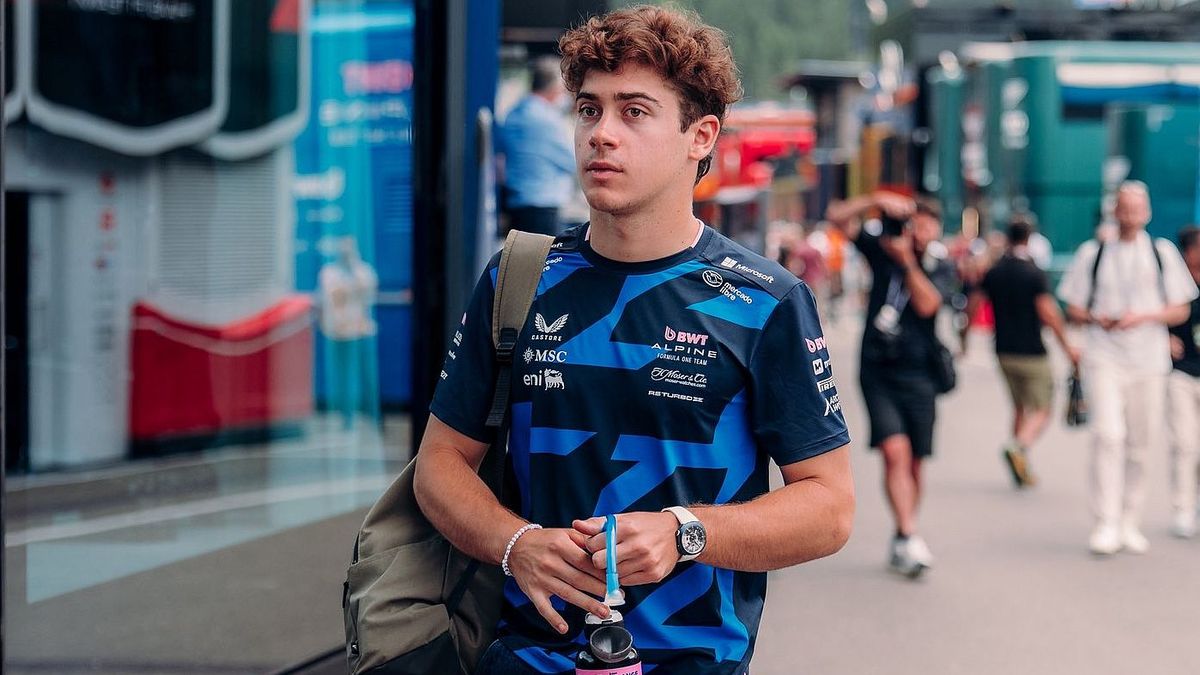New biathlon technique
Revolution at the shooting range – German men make mistakes too often
Things are going badly for Germany’s biathlon men at the shooting range this winter. The team has some catching up to do – meanwhile two Norwegians amaze with a brilliant idea.
This revolution didn’t just come as a surprise to German biathletes. With new technology on the shooting range, Norway’s Olympic champion Sturla Holm Laegreid and his young compatriot Martin Uldal are exciting the competition. Because they can get the first shot with their rifle much faster thanks to an unusual movement, the pressure on the competition increases enormously. And all of this at a time when shooting is the biggest problem for Philipp Nawrath’s weakening German men’s team.
“We forgive too much when it comes to shooting,” said sports director Felix Bitterling from the German Ski Association: “In this extremely close world class, things simply have to get better, otherwise we will have an extremely difficult time getting ahead.” The German team made mistakes too often in the first World Cups and is hoping for improvement in the sprint on Thursday (2.20 p.m./ARD and Eurosport) in Le Grand-Bornand, France. “It will work again. But it just has to get better,” said Bitterling.
A brilliant idea from the Norwegians
The Norwegians, of all people, are showing how creatively we can find ways to save even more tenths of a second and become even more efficient. The team around record world champion Johannes Thingnes Bö has been setting the pace at the shooting range for years, and now they have come up with something new.
Instead of taking the weapon from their back with a long reach with their right arm over their head, Laegreid and Uldal suddenly grab their rifle from below with their left and quickly pull it forward. In this way you shorten the movement – and thus also the time until the first shot.
Young Norwegian shoots in new spheres
A standing shoot by 23-year-old Uldal from the previous week in Hochfilzen went viral on social media. After just 12.9 seconds he left the shooting range again – albeit with a mistake. He was finished when the Swedish Olympic champion and world champion Sebastian Samuelsson, who had arrived before him, just fired his first shot.
The world association IBU suspected on X and Instagram that this was the fastest shooting ever. “This has to be a world record,” Bö also told the TV station NRK. Anyone who needs less than 20 seconds to complete the entire process by firing all five shots is usually considered extremely fast.
The Norwegians are pushing the limits of what is possible with great willingness to take risks and new technology. It is surprising that this is even possible in a traditional sport like biathlon. Why didn’t anyone come up with this simple but brilliant idea before? Double Olympic champion Laura Dahlmeier couldn’t explain this as a ZDF expert in Austria, but showed a lot of appreciation for the demanding maneuver.
Copying is not that easy
Will the Germans now copy this and quickly copy it? That is rather unlikely. The processes have been practiced hundreds of times, every change carries a risk and takes time. On the other hand, this willingness to take risks can make all the difference. Recently, the Germans around their head coach Uros Velepec also tried to become more efficient.
The Slovenian introduced the concept of risk shooting. A modern biathlete is “always better with fast shooting, full risk and full attack,” he said. The DSV men were previously known as precision shooters. All targets had to be cleared away, time was of secondary importance. In a changing sport and driven by many fast shooters from Norway and France, success was very difficult to achieve.
Many mistakes are “a story in the head”
In the first weeks of winter the German men made too many mistakes. “It’s not good enough at the shooting range,” said Bitterling. In the summer they all shot so many zero-fault series that they could no longer be counted. “You certainly haven’t forgotten it mechanically, but it’s a story in your head,” said Bitterling: “It’s above all mental work.”
Philipp Horn also shot six penalty laps in the mass start in Kontiolahti, as did Johannes Kühn, and even the best German shooter, Justus Strelow, has problems. In this condition, top results are hardly possible, only Nawrath has so far consistently managed to be close to the top in the world. The reward was a podium finish in Finland and two eighth places in Hochfilzen.
“If the Norwegians or Swedes finish better, then we’ll congratulate them fairly,” said Bitterling: “But I have the feeling that we’re giving it to them with this number of mistakes.” The German women show how it can be done differently: Franziska Preuß travels to France as the overall World Cup leader for the last races of the year. She recently shone with strong nerves at the shooting range and won victories in the sprint and relay.
dpa
Source: Stern
I am Pierce Boyd, a driven and ambitious professional working in the news industry. I have been writing for 24 Hours Worlds for over five years, specializing in sports section coverage. During my tenure at the publication, I have built an impressive portfolio of articles that has earned me a reputation as an experienced journalist and content creator.




